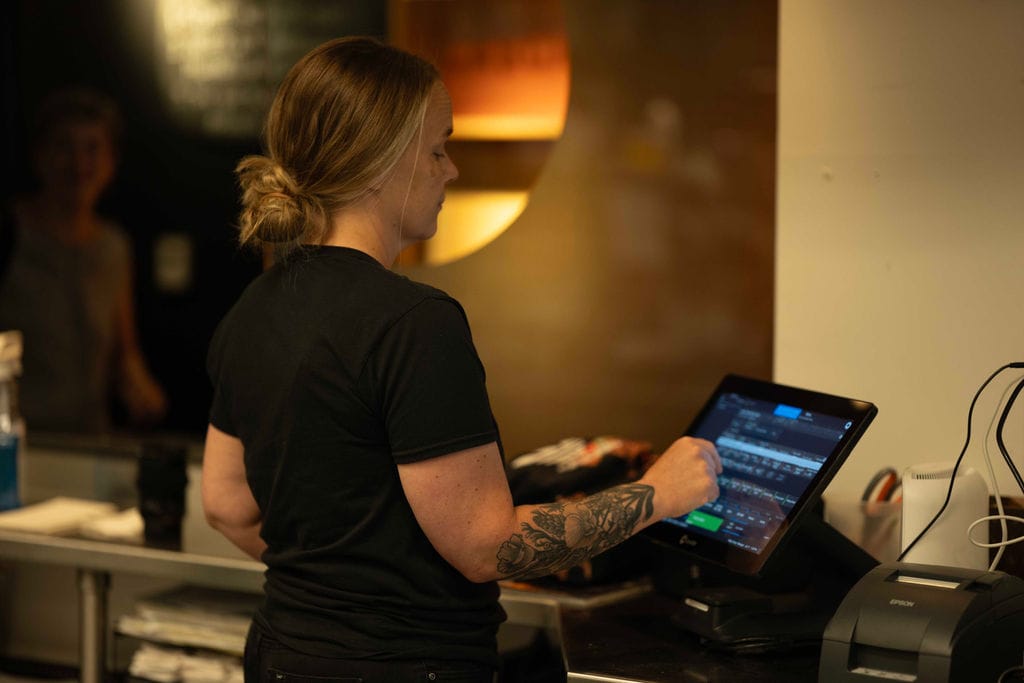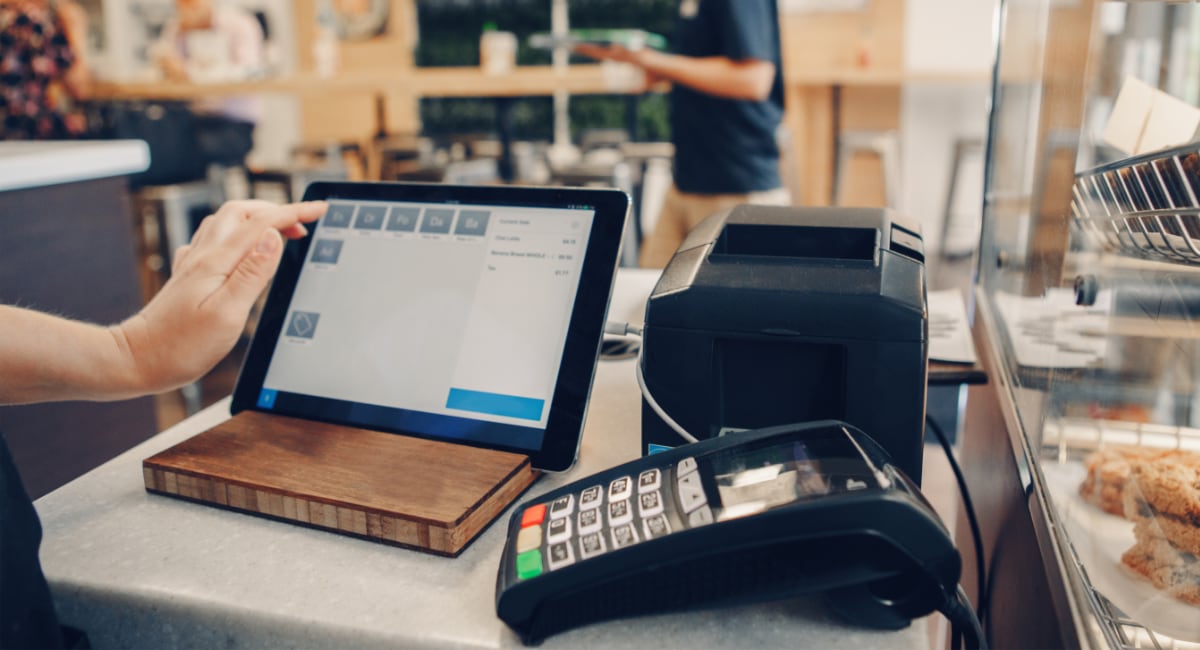Why E-commerce & Brick-and-Mortar Stores Need a Unified POS

In today’s fast-paced retail landscape, businesses are increasingly operating both online and offline to maximize their reach and revenue. E-commerce and brick-and-mortar stores are no longer separate entities but rather two sides of the same coin. To keep up with the evolving demands of consumers, retailers need a unified Point of Sale (POS) system that seamlessly integrates both channels. A unified POS is essential for streamlining operations, improving customer experience, and enhancing business efficiency. Here’s why your business needs a unified POS solution.
1. Seamless Inventory Management
One of the biggest challenges retailers face is managing inventory across multiple sales channels. Without a unified POS system, businesses risk overselling or running out of stock due to inaccurate inventory tracking. A unified POS integrates inventory data from both online and offline stores in real time, ensuring accurate stock levels and preventing discrepancies. This means customers can check product availability online before visiting a physical store, and retailers can optimize stock distribution based on demand.
2. Improved Customer Experience
Modern consumers expect a smooth and consistent shopping experience, whether they are browsing online or visiting a store. A unified POS allows businesses to offer features like click-and-collect (buy online, pick up in-store) and in-store returns for online purchases. Customers can also access their purchase history across all platforms, making it easier to track warranties, request refunds, or receive personalized recommendations. With a seamless shopping journey, businesses can enhance customer satisfaction and boost loyalty.
3. Centralized Data and Analytics
Data-driven decision-making is crucial for retail success. A unified POS consolidates sales, customer behavior, and inventory data into a single platform, providing valuable insights. Retailers can analyze trends, track performance, and optimize pricing strategies based on comprehensive reports. Having all data in one place also helps in demand forecasting, ensuring businesses stock the right products at the right time, ultimately increasing profitability.
4. Efficient Order Fulfillment and Omnichannel Sales
With a unified POS, businesses can efficiently manage orders from multiple channels without confusion. Whether a customer places an order online, over the phone, or in-store, the system ensures a smooth fulfillment process. Orders can be shipped from the nearest store or warehouse, reducing delivery times and costs. Retailers can also offer multiple payment options and promotions across all channels, ensuring a frictionless purchasing experience.
5. Streamlined Payment Processing
A unified POS system supports multiple payment methods, from credit cards and mobile wallets to buy-now-pay-later options. With a centralized payment processing system, businesses can reconcile transactions effortlessly, reducing errors and financial discrepancies. Additionally, businesses can track customer payment preferences, providing insights into the most popular payment methods, which can help in refining sales strategies.
6. Enhanced Security and Compliance
Managing separate POS systems for online and physical stores can increase security risks and compliance challenges. A unified POS system helps retailers maintain consistent security standards across all channels, reducing the risk of fraud and data breaches. Many modern POS solutions come with built-in compliance features to meet regulations such as PCI DSS (Payment Card Industry Data Security Standard), ensuring safer transactions.
7. Cost Savings and Operational Efficiency
Maintaining separate POS systems for e-commerce and brick-and-mortar stores can be costly and inefficient. A unified POS reduces operational expenses by minimizing the need for multiple software solutions, hardware, and training. Retailers can also automate processes like inventory updates, customer management, and order processing, saving time and reducing manual errors.
8. Better Customer Relationship Management (CRM)
A unified POS system allows businesses to maintain a single customer database, enabling personalized marketing and loyalty programs. By tracking customer interactions across all channels, businesses can create targeted promotions, offer personalized discounts, and improve customer retention. A strong CRM strategy enhances engagement and boosts repeat purchases.
Conclusion
In an increasingly omnichannel world, businesses can no longer afford to operate separate POS systems for their e-commerce and physical stores. A unified POS system streamlines inventory management, enhances customer experience, centralizes data, and improves operational efficiency. By integrating online and offline sales into a single platform, businesses can stay ahead of the competition, reduce costs, and provide a seamless shopping experience for their customers. Investing in a unified POS is no longer an option—it’s a necessity for retail success.






